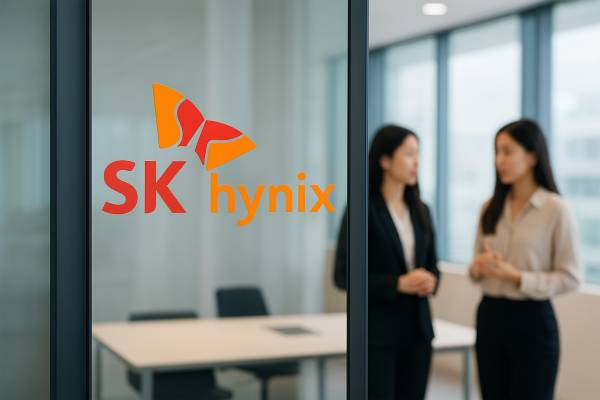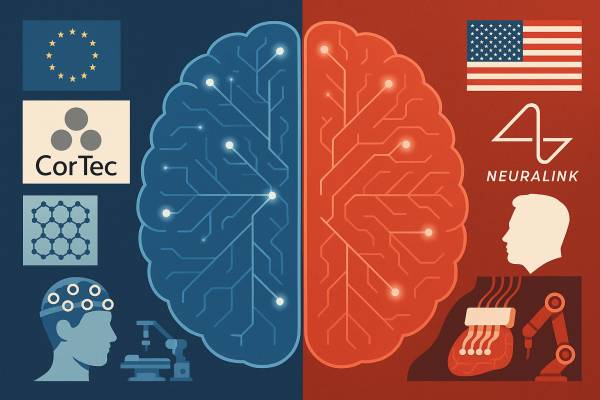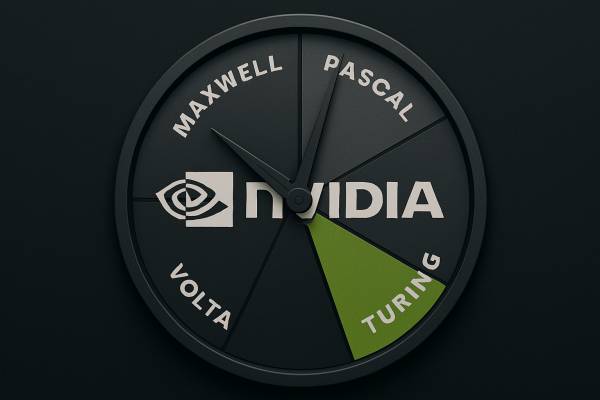Tesla has entered a critical phase in its robotics development as Milan Kovac, the vice president and head of engineering for the Optimus humanoid robot division, has officially left the company. His departure, announced publicly on June 6, 2025, through a post on X (formerly Twitter), comes at a time when the company is focusing heavily on the Optimus project, a central pillar in its long-term strategic goals.
Kovac, who spent nearly a decade at Tesla, played a pivotal role in both the Autopilot and Optimus programs. In his announcement, he attributed his decision to a personal need to spend more time with family overseas. He made clear that his resignation had no connection to internal conflicts, political disagreements, or recent public controversies involving CEO Elon Musk. Expressing deep gratitude, Kovac reaffirmed his unwavering support for Musk and the Tesla team, highlighting the strength of their ongoing relationship.
Following his resignation, responsibility for the Optimus program will pass to Ashok Elluswamy, Tesla’s vice president of AI software and current leader of the Autopilot division. No further statements have been released by Elluswamy or the company regarding the specifics of the transition.
This leadership change arrives as Tesla seeks to ramp up production of the Optimus robot, which Elon Musk has referred to as the company’s most important product under development. The production goal for this year includes thousands of units, with a longer-term vision targeting tens of thousands by 2026. Musk has suggested that the success of Optimus could play a transformational role in achieving Tesla’s valuation ambitions, possibly elevating it to a $25 trillion company. However, such projections remain uncertain, given the early stage of development and persistent production hurdles, including challenges with sourcing rare-earth magnets from China.
Tesla’s increasing focus on robotics comes amid a broader context of slowing electric vehicle sales and intensifying competition from established and emerging players in both the automotive and robotics industries. Companies like Boston Dynamics, Agility Robotics, and Figure have become formidable rivals, some even attracting former Tesla engineers, adding further complexity to Tesla’s pursuit of leadership in the sector.
Despite these challenges, both Musk and Kovac publicly recognized each other’s contributions. Musk praised Kovac’s impact over the past decade, while Kovac maintained that his exit would not hinder Tesla’s broader goals. This shift in leadership adds a new layer of uncertainty at a moment when the company is relying more heavily on automation and AI to shape its future direction.





























